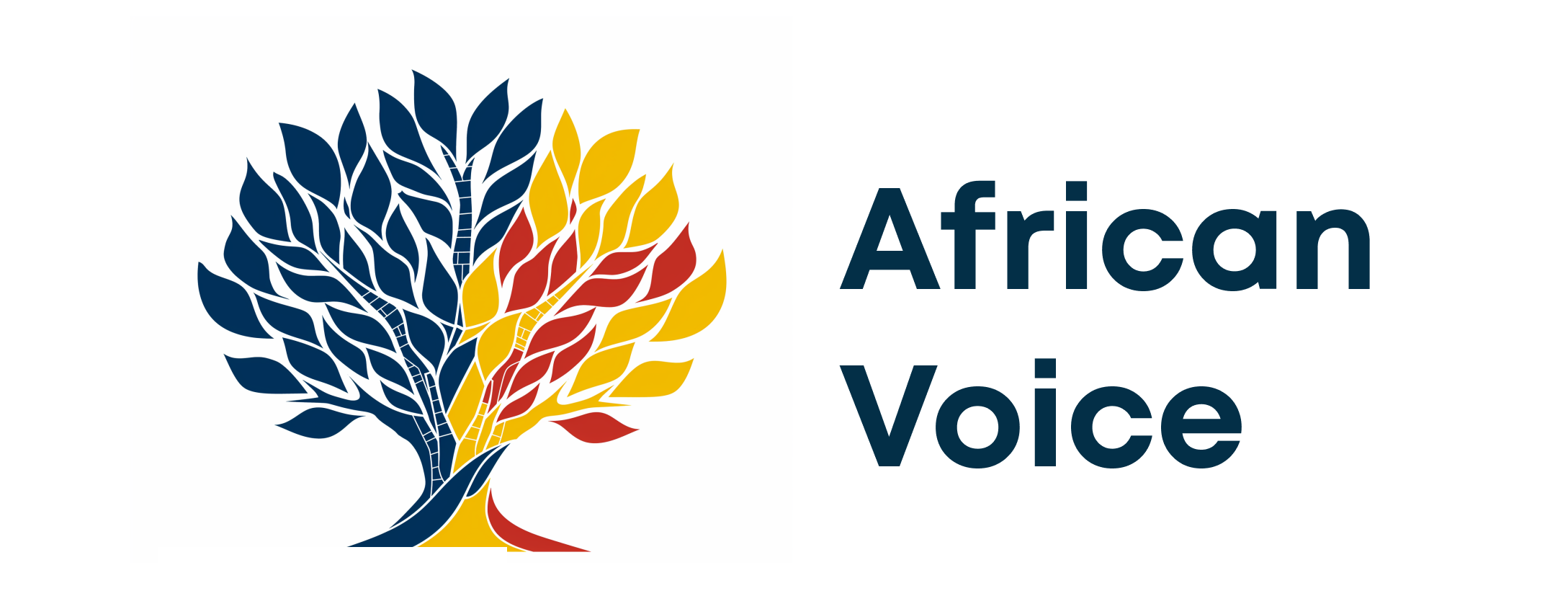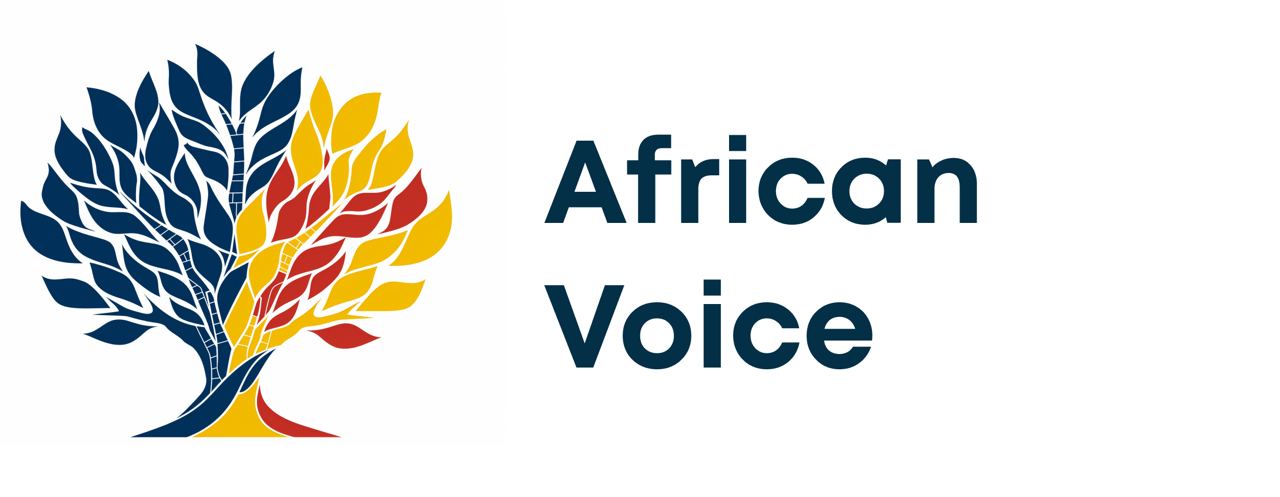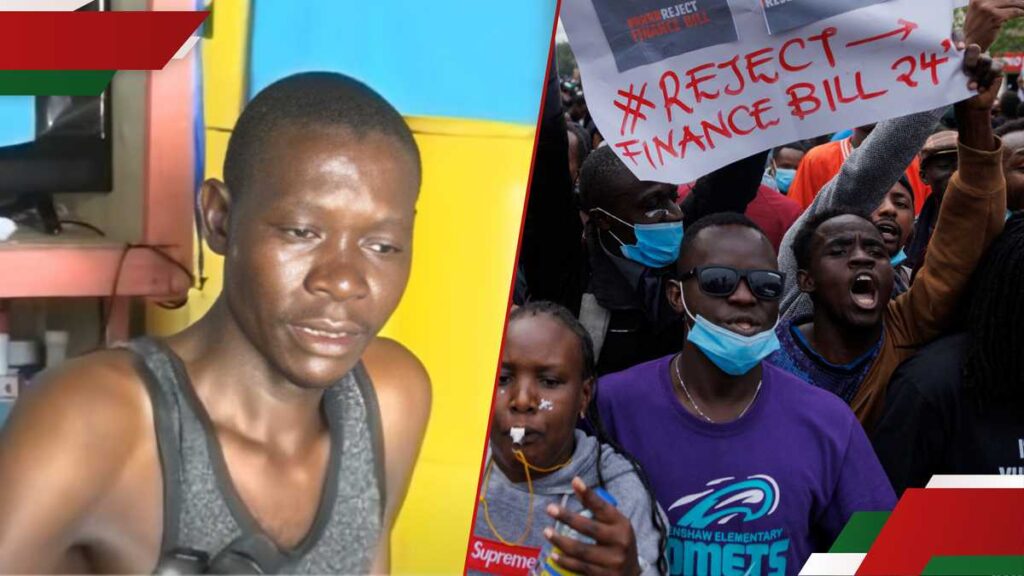A new study by the Aga Khan University’s Graduate School of Media and Communications (GSMC) has revealed that a persistent focus on victims and failure to hold perpetrators of sexual and gender-based violence (SGBV) and femicide in Kenya to account.
The study report titled Media Framing of Sexual and Gender-Based Violence and Femicide in East Africa, reveals that perpetrator invisibility in coverage of SGBV and femicide perpetuates impunity.
“Despite the surge in coverage, perpetrators are nearly absent, appearing only as central actors in about just three per cent of the stories,” said Professor Nancy Booker, dean at GSMC.
Prof Booker noted that by consistently humanising victims, but rarely showing perpetrators or justice outcomes in coverage of the SGBV and femicide stories, the media creates empathy, but without accountability.
The study further reveals that media coverage of the SGBV and femicide mostly focuses on event-driven narratives, victim sympathy, and official sources hence failing to hold to account the perpetrators.
Notably, the findings indicate that coverage picks up during certain periods of the year during campaigns on activism against GBV.
“Media framing is shaping and sometimes distorting public understanding of femicide and SGBV,” said Booker.
The study drew data from more than 1,200 news stories published between January 2024 and April 2025 in Kenya, Uganda and Tanzania.
While the study noted positive progress, including shifting focus from victim blaming to victim-centered media reporting, the findings highlight a failure to connect incidents to accountability.
“A stark three per cent focus on perpetrators means the individuals responsible for violence often remain out of sight in media narratives, especially in follow-up reporting,” reads the report.
Lead researcher Dr Hesbon Owilla noted that this invisibility is a major barrier to progress.
“There’s growing awareness in East African media that gender-based violence and femicide are societal issues rather than isolated incidents. But coverage remains largely event-driven, and perpetrators are still invisible, especially in follow-up reporting. That invisibility fosters impunity and weakens deterrence,” said Owilla.
Only 11 per cent of media coverage on GBV and femicide amplified survivor voices, despite survivors being central to the narrative of violence.
Kenya accounted for more than half of the regional coverage at 54 per cent, followed by Tanzania at 28 per cent and Uganda at 18 per cent, suggesting a positive impact from the institutionalization of gender desks and targeted newsroom training.
Stay informed. Subscribe to our newsletter
However, lack of gender desks in most media houses was highlighted as a key contributor to inefficient reporting on GBV.
Dr Nancy Baraza, chairperson of the Presidential Technical Working Group on Gender Based Violence including Femicide said the evidence on media shaping of public understanding came at a critical time when cases on GBV and femicide remain high in East Africa.
“Every week we are confronted with devastating stories of women and girls whose lives have been cut short or permanently scarred by violence. Every week, women are being killed not by strangers in dark alleys but often by those that they trusted the most,” said Baraza.
Baraza noted beyond getting data for policy and legislation, findings on media framing are critical because they are the credible purveyors of public information.
Anne Ireri, Executive Director at the Federation of Women Lawyers-Kenya (FIDA- Kenya) noted that portrayal of GBV and femicide matters in the media is a clear representation of the cultural stereotypical attitudes put on GBV.
“If we were to frame SGBV and femicide stories as a security issue, we would be able to feature the perpetrators,” said Ireri.

























